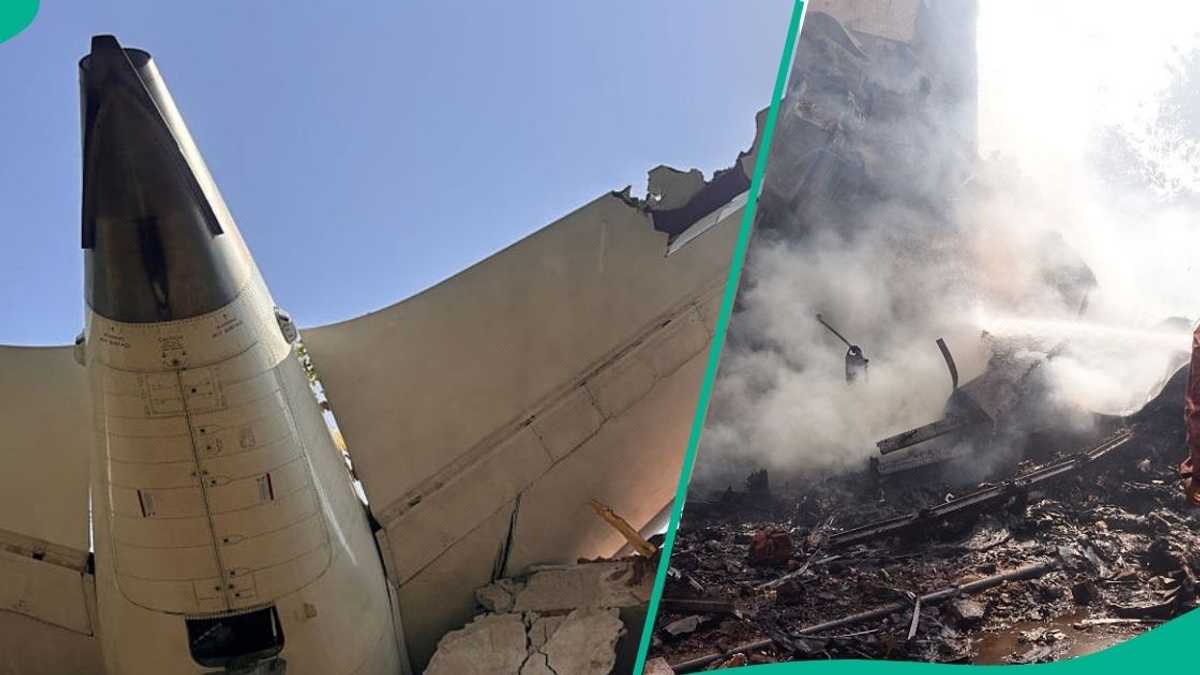Kilimanjaro Bus Inferno Claims Thirty Eight Lives, Exposes Deep Cracks in Travel Safety and Tourism Stability Across Africa, Latest Update is Here - Travel And Tour World
Monday, June 30, 2025

Kilimanjaro stands tall, but today, Kilimanjaro bears witness to heartbreak. A bus inferno has claimed thirty-eight lives, sending shockwaves across Africa. Meanwhile, the tragedy exposes deep cracks in travel safety and raises urgent questions about tourism stability across Africa.
This isn’t just another accident. It’s a fire that scorched lives and dreams alike. Now, the latest update is here, and it’s forcing travelers, industry leaders, and entire nations to reckon with the harsh truth.
Roads meant to carry tourists to adventure have turned into deadly traps. Thirty-eight families mourn, and countless others wonder if their next journey might end the same way.
However, beyond the flames, a bigger story brews. Deep cracks threaten not only travel safety but also the fragile tourism stability Africa depends on. The latest update is here—and it’s a call to confront a crisis that could reshape how the world sees travel across Africa forever.
Kilimanjaro usually conjures images of snow-capped peaks and adventurous treks. But this week, it became the scene of heartbreak. In Tanzania’s Same district, a catastrophic collision between two passenger buses ignited a raging fire, leaving 38 people dead and 28 injured.
This was more than a tragic accident. It was a wake-up call reverberating through Tanzania’s tourism industry and the wider African travel market.
It started like any normal day. Two buses carried passengers along a busy highway. But near the town of Same, fate intervened. A front tire on one bus blew out. The driver lost control. Metal collided with metal. Seconds later, flames roared through the vehicles, trapping many passengers in a deadly inferno.
Emergency crews raced to the scene. Some passengers managed to escape. Others never stood a chance.
By the end of the day, regional officials confirmed 38 lives lost. Among the 28 injured, 22 have since been discharged from hospitals, while six remain under medical care.
The identities and nationalities of the victims remain under wraps. Yet for Tanzania’s travel and tourism ecosystem, the consequences of this accident reach far beyond the immediate loss of life.
Tanzania’s Kilimanjaro region is no ordinary place. It’s the gateway to Mount Kilimanjaro—the towering icon that draws climbers from every corner of the globe.
Tourists flood into Arusha and Moshi before starting their treks. Safari vehicles whisk visitors through nearby national parks. Hotels and guesthouses hum with international accents. Local tour operators rely on safe roads to move travelers from airports to lodges and trailheads.
Now, the specter of a fiery crash casts a long shadow. Safety on Tanzania’s highways suddenly feels fragile. For potential tourists considering Kilimanjaro, it raises one chilling question:
While this crash is horrific, it’s far from isolated. Across Africa, fatal bus accidents are alarmingly frequent.
In May, Nigeria mourned at least 20 lives lost when a bus fell from a bridge while returning from the National Sports Festival. In February, Zimbabwe faced devastation when a bus collided head-on with a truck near Beitbridge, killing at least 24 and injuring dozens more.
Despite ongoing campaigns for road safety, the numbers remain grim. The World Health Organization’s Global Status Report on Road Safety shows Tanzania’s road traffic death rate sits at 15.8 per 100,000 population. That’s painfully high compared to global averages.
Worse yet, discrepancies between official Tanzanian figures and independent reports highlight data gaps. WHO reports more than 10,000 road deaths in Tanzania in 2021, while government figures claim only 1,368. Such disparities erode public trust and make planning safer infrastructure even harder.
Tourism depends on perception. Travelers might brave rugged treks, remote game drives, and new culinary experiences. But they expect safe roads.
Bus transport is the lifeline of African tourism. In Tanzania, it connects airports to safari circuits, ferry terminals, and distant national parks. It’s often the most affordable option for locals and visitors alike.
When crashes occur, they ripple through the industry:
Tanzania’s road safety challenges are more than a domestic problem. They directly impact the global travel industry’s faith in East Africa as a destination.
Tanzanian President Samia Suluhu Hassan swiftly expressed sympathy for victims’ families and urged stricter adherence to traffic laws. Authorities continue national campaigns promoting road safety, but progress has been slow.
Experts point to multiple contributing factors:
Solving these problems demands political will and investment. Yet with tourism contributing significant revenue, the stakes for Tanzania couldn’t be higher.
Beyond the statistics, there’s the human story. Families shattered. Survivors traumatized. Communities plunged into mourning.
Meanwhile, travel industry players watch closely. Tour operators must reassure clients. Airlines and hotels worry about reputation fallout. Insurance companies reevaluate risk models.
Global tourism stakeholders may press Tanzania for rapid reforms. Infrastructure upgrades, driver training, and stricter safety inspections could become conditions for partnerships or investments.
The international community recognizes that safe transportation isn’t a luxury—it’s fundamental for sustainable tourism.
For travelers planning Tanzanian adventures, uncertainty looms. Kilimanjaro remains a dream for climbers worldwide. But some may delay trips or choose alternative routes to avoid long road journeys.
Meanwhile, travel agencies are likely to adjust itineraries:
In the short term, the accident may dampen momentum just as Tanzania hoped for a strong tourism rebound.
Tanzania’s tourism sector is resilient. The lure of Kilimanjaro, Serengeti safaris, and Zanzibar’s beaches is powerful. But this tragedy is a stark reminder that behind the beauty, real challenges remain.
Africa’s road safety crisis threatens more than daily commuters. It puts at risk the very lifeblood of nations whose economies lean heavily on tourism.
For Tanzania, decisive action can transform heartbreak into change. Safer roads would save lives—and ensure the journey to the country’s extraordinary destinations remains as unforgettable as the places themselves.
«Enjoyed this post? Never miss out on future posts by following us»













